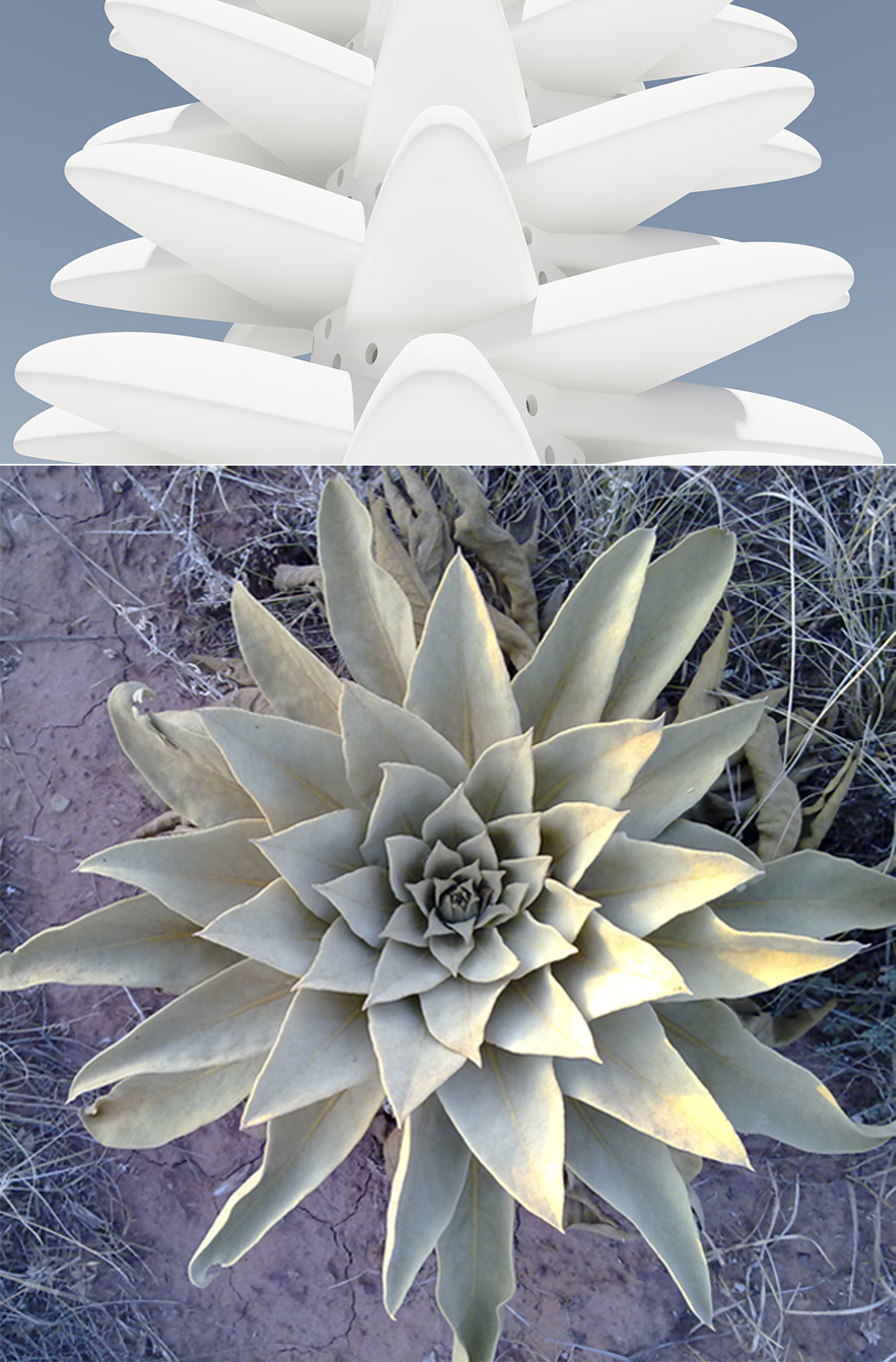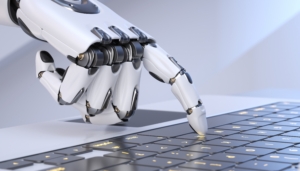Exploring the World of Biomimicry: How Nature is Inspiring Innovative Solutions
Biomimicry is a growing field that seeks to find innovative solutions to the world’s most pressing problems by studying and mimicking natural strategies. From energy production and conservation to food production, transportation, and beyond, biomimicry is revolutionizing the way we think about problem-solving in a world of limited resources. In this article, we take a closer look at how biomimicry works and explore some of the remarkable innovations it has inspired over the years. We also discuss why biomimicry is an important concept for businesses and leaders to consider as they look to create more sustainable solutions.
What is Biomimicry?
Biomimicry is the study of nature’s designs and processes and their imitation of them in order to solve human problems. The term biomimicry comes from the Greek words bios, meaning life, and mimesis, meaning to imitate.
Biomimetics and biomimicry are not new fields. The Wright brothers drew inspiration from birds to create their first powered airplane. Georges de Mestral copied the design of burdock seeds that burrowed into his clothing to create Velcro. Swiss engineer George de Mestral drew inspiration from the way pine needles adhere to animal fur to create Velcro.
In recent years, however, there has been renewed interest in biomimicry as a way to find solutions to some of the world’s most pressing problems such as climate change, energy shortages, and dwindling resources.
There are several examples of biomimicry in action. The first is the development of more efficient wind turbines inspired by whale flippers. Another is self-healing concrete, which can repair itself when cracked and is modeled after squid skin.
The study of biomimicry can help develop more sustainable practices and technologies that are less damaging to the environment. As we learn more about how nature solves problems, we may be able to develop more innovative solutions to the challenges we face today.
The History of Biomimicry
The term biomimicry was first coined by German engineer and architect Gottfried Semper in the 19th century. Biomimicry is the practice of emulating the designs and processes of nature to solve human problems. The field of biomimicry has grown in recent years as technology has advanced and our understanding of biology has increased.
Biomimicry is not new, but is gaining popularity as we look for sustainable solutions to the problems facing the world today. One of the most well-known examples of biomimicry is Velcro, which was inspired by the manner in which burrs attach to animal fur. Another example is the Wright Brothers’ airplane, which is based on the way birds fly.
There are many other examples of biomimicry in action. Some are small, such as a water bottle that mimics the shape of a leaf to reduce its environmental impact. Others are large, such as buildings that use principles of termite mound construction to regulate their temperature without air conditioning or heating.
As we face challenges, such as climate change, dwindling resources, and pollution, biomimicry offers hope. By looking at nature as an inspiration, we can find innovative solutions that are sustainable and environmentally friendly.
How Biomimicry is Being Used Today
Innovators are looking to nature for the inspiration to solve some of the world’s most pressing problems. By creating more sustainable and efficient buildings to develop new medical technologies, biomimicry provides solutions that are smarter, more durable, and more environmentally friendly.
One example of how biomimicry is used today is the design of more sustainable buildings. Architects and engineers study how trees grow to create taller, lighter, and stronger buildings. By mimicking the way tree roots anchor into the ground and branches grow outward from a central trunk, they are able to create structures that use less material and can withstand higher winds.
Biomimicry is also used to develop new medical technologies. Researchers are studying how sharks heal their wounds to develop new methods for treating human injuries. Sharks have a unique ability to heal quickly from serious injuries due to their thick skin and high levels of collagen. By understanding how their bodies repair themselves, scientists hope to develop new ways to help humans heal injuries more quickly.
By creating more sustainable buildings to develop new medical technologies, biomimicry provides solutions that are smarter, more durable, and more environmentally friendly. As we continue to face new challenges, nature will likely continue to provide innovative solutions.
The Future of Biomimicry
Thus, the future of biomimicry is promising. As an increasing number of people become aware of the many benefits of this approach to innovation, it is likely that there will be an increase in the number of companies and organizations that use biomimicry to develop new products and solutions.
One of the most exciting aspects of the future of biomimicry is the possibility of using it to create new materials that are stronger, lighter, and more durable than anything that currently exists. This could revolutionize a wide range of industries from construction to transportation.
Additionally, as we continue to learn more about how nature works, we are likely to find more ways to apply biomimicry in our lives. For example, scientists are currently working on developing artificial photosynthesis that can be used to generate energy from sunlight, something that plants do naturally. If successful, it could provide a renewable and environmentally friendly source of energy for the world.
Therefore, what does biomimicry hold in the future? It appears that this could be very bright.





